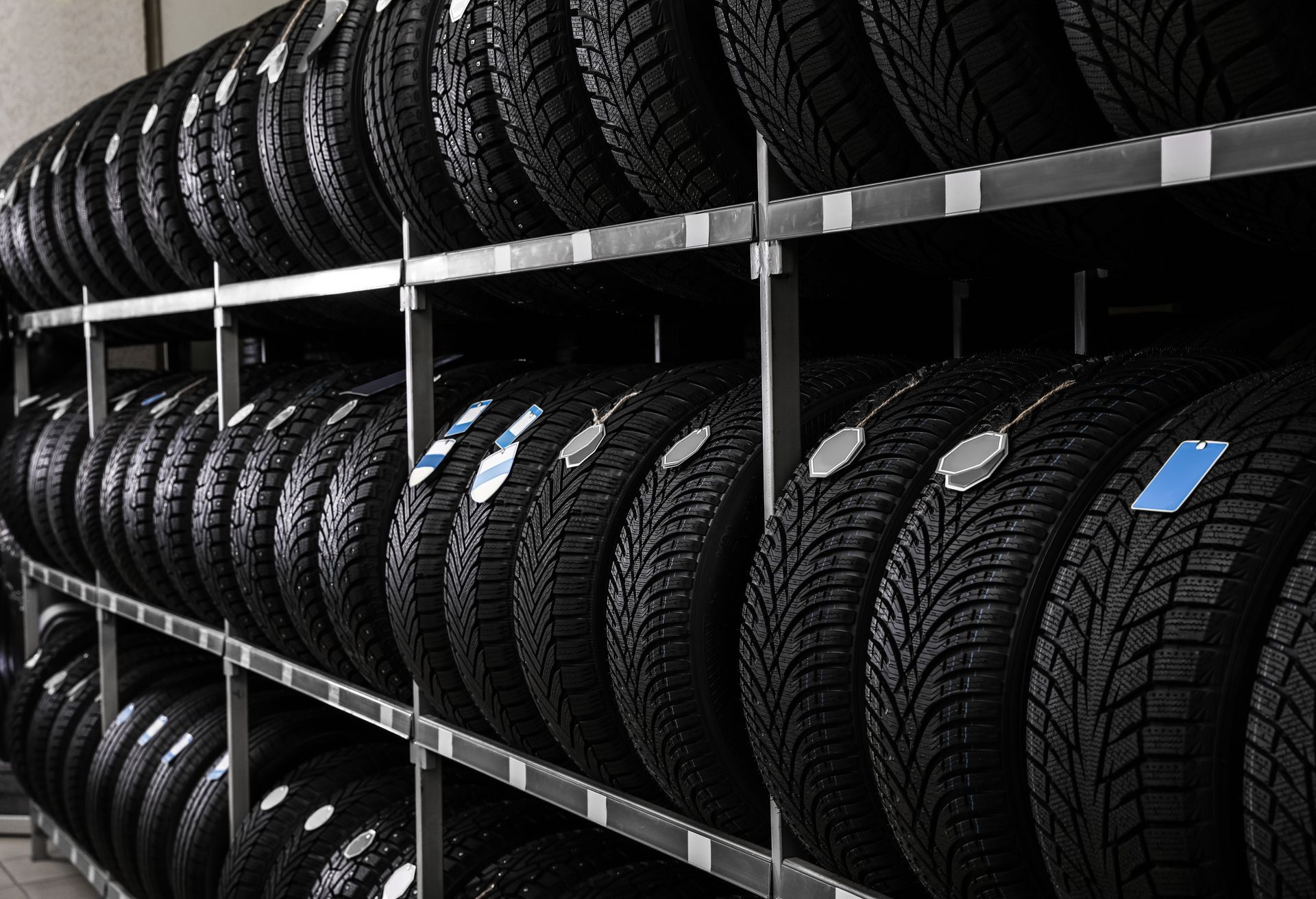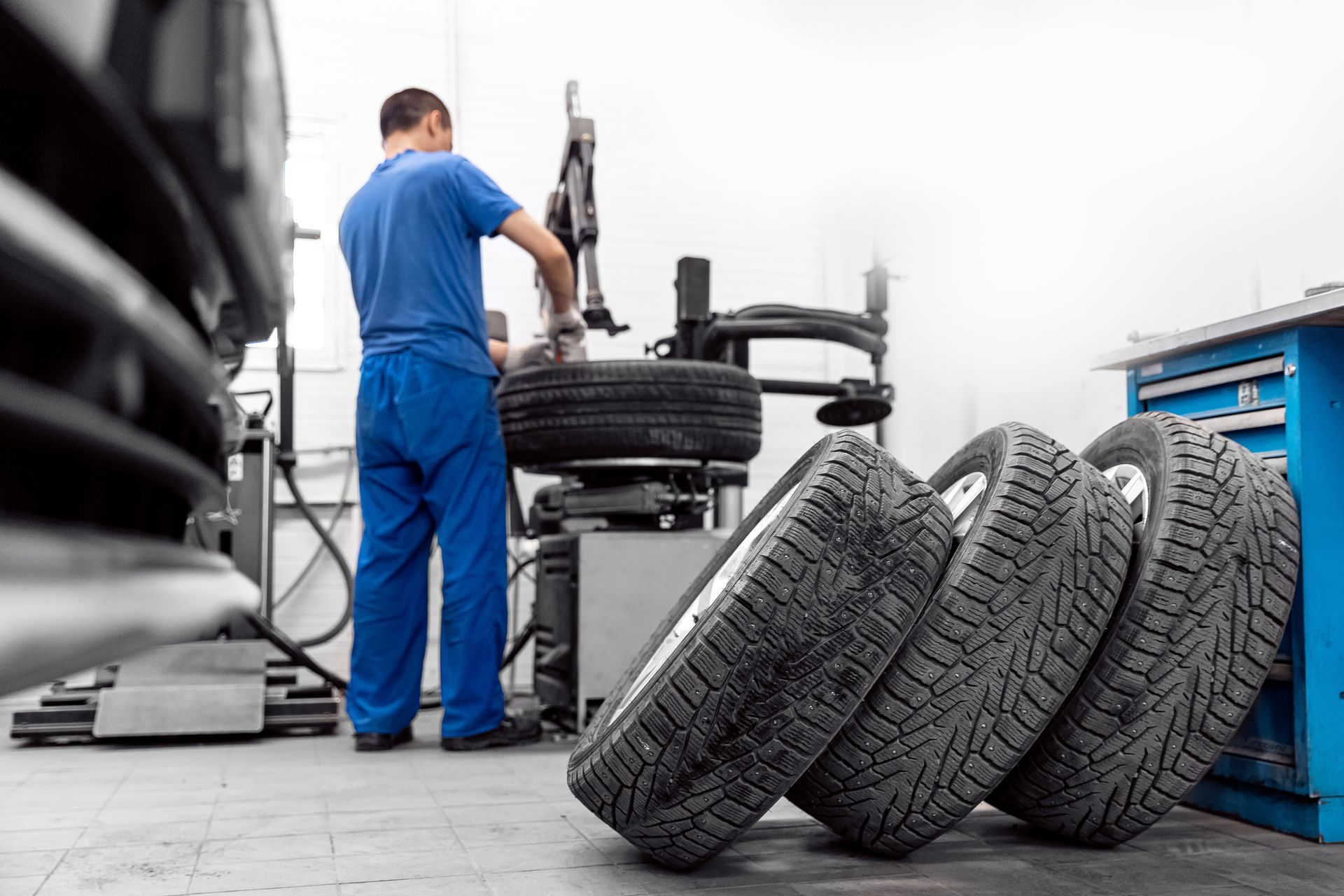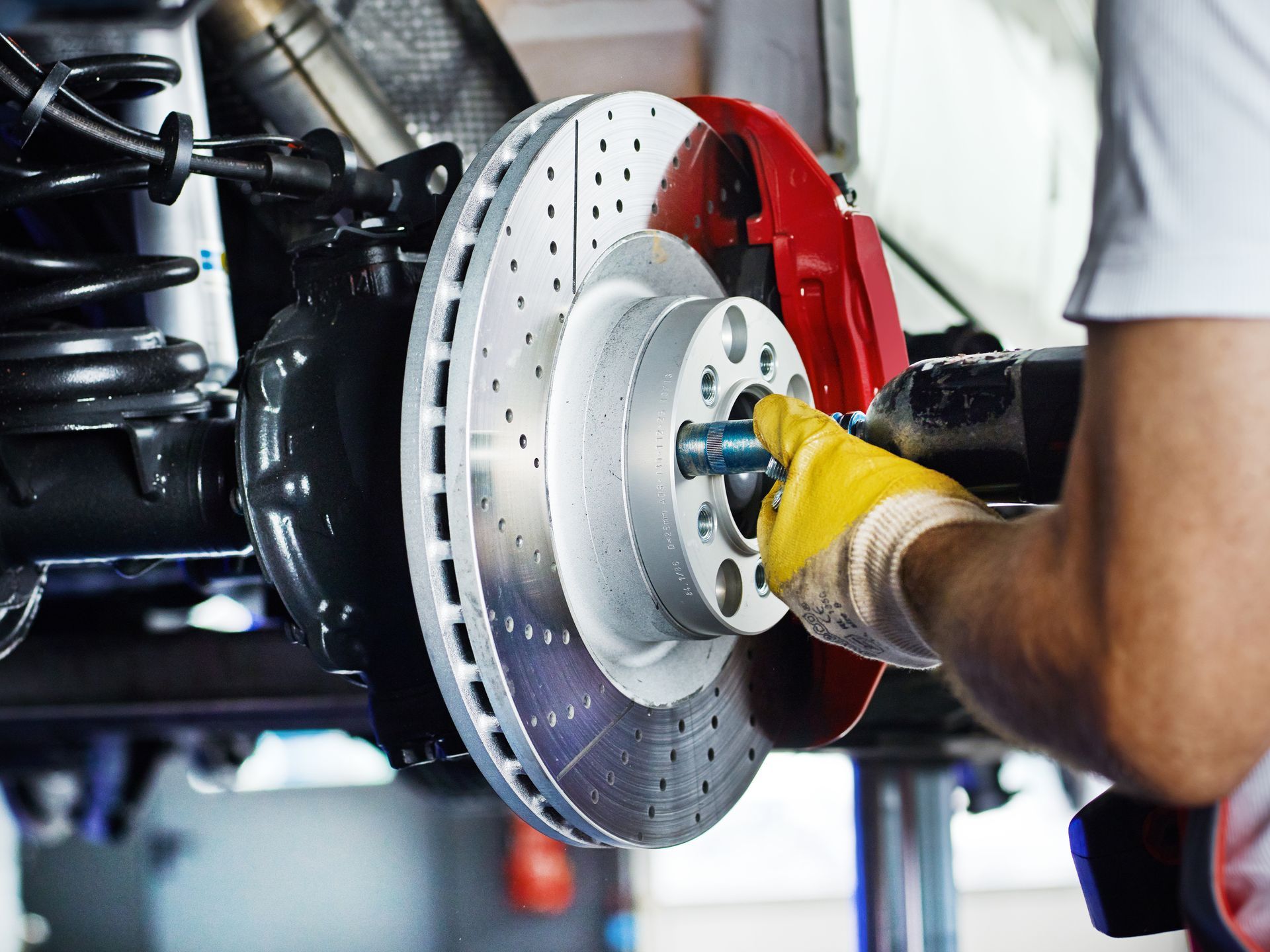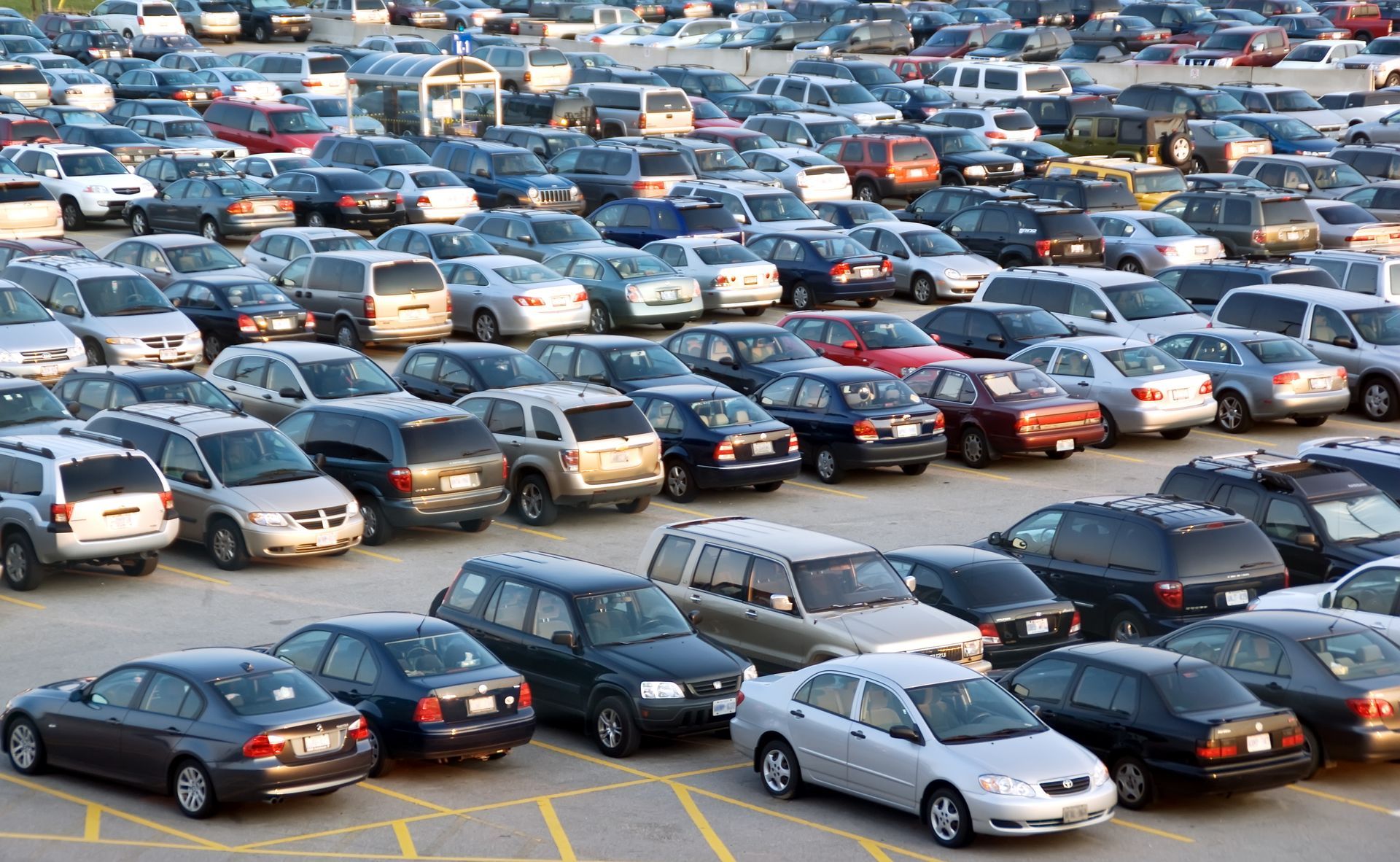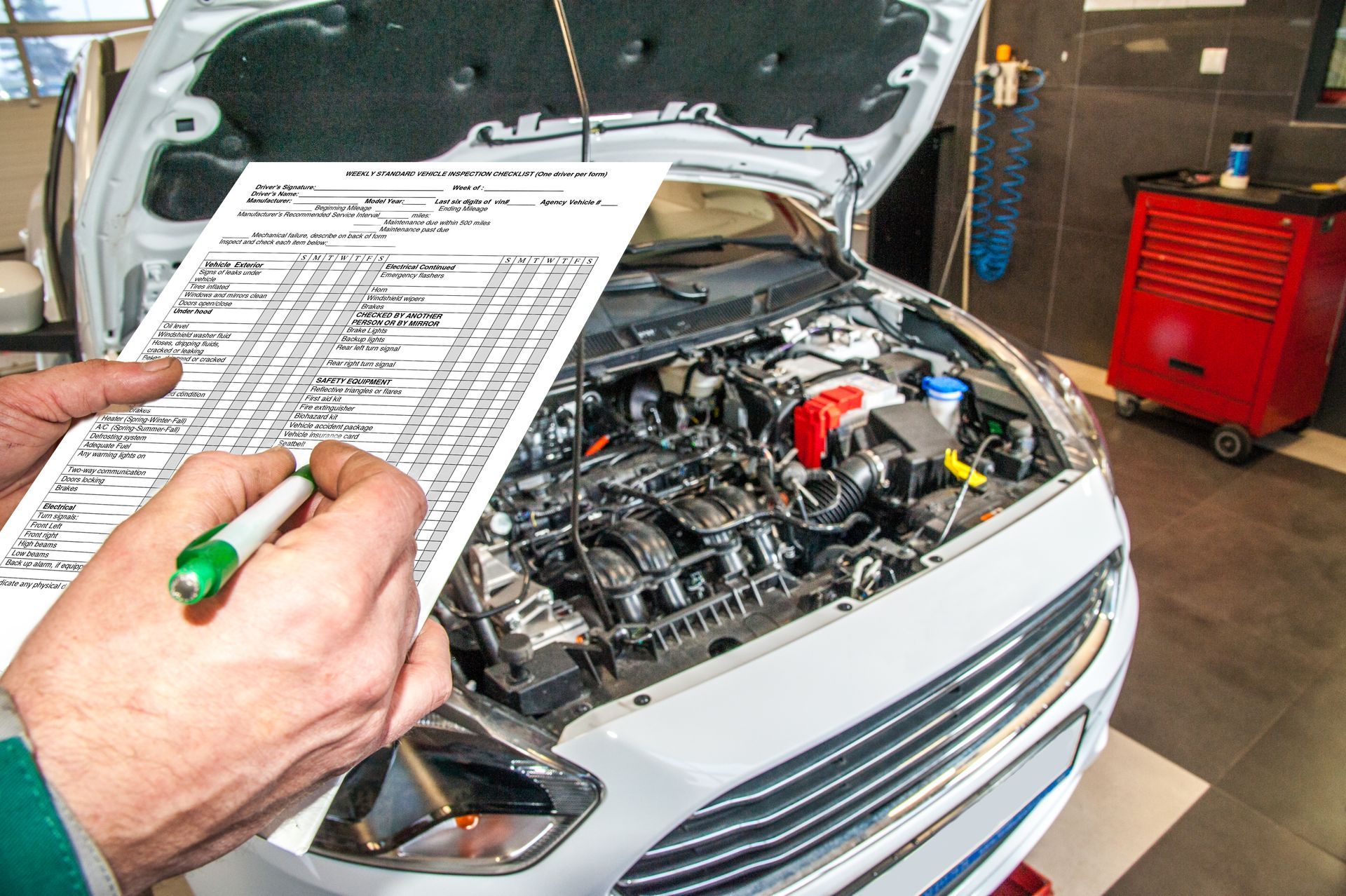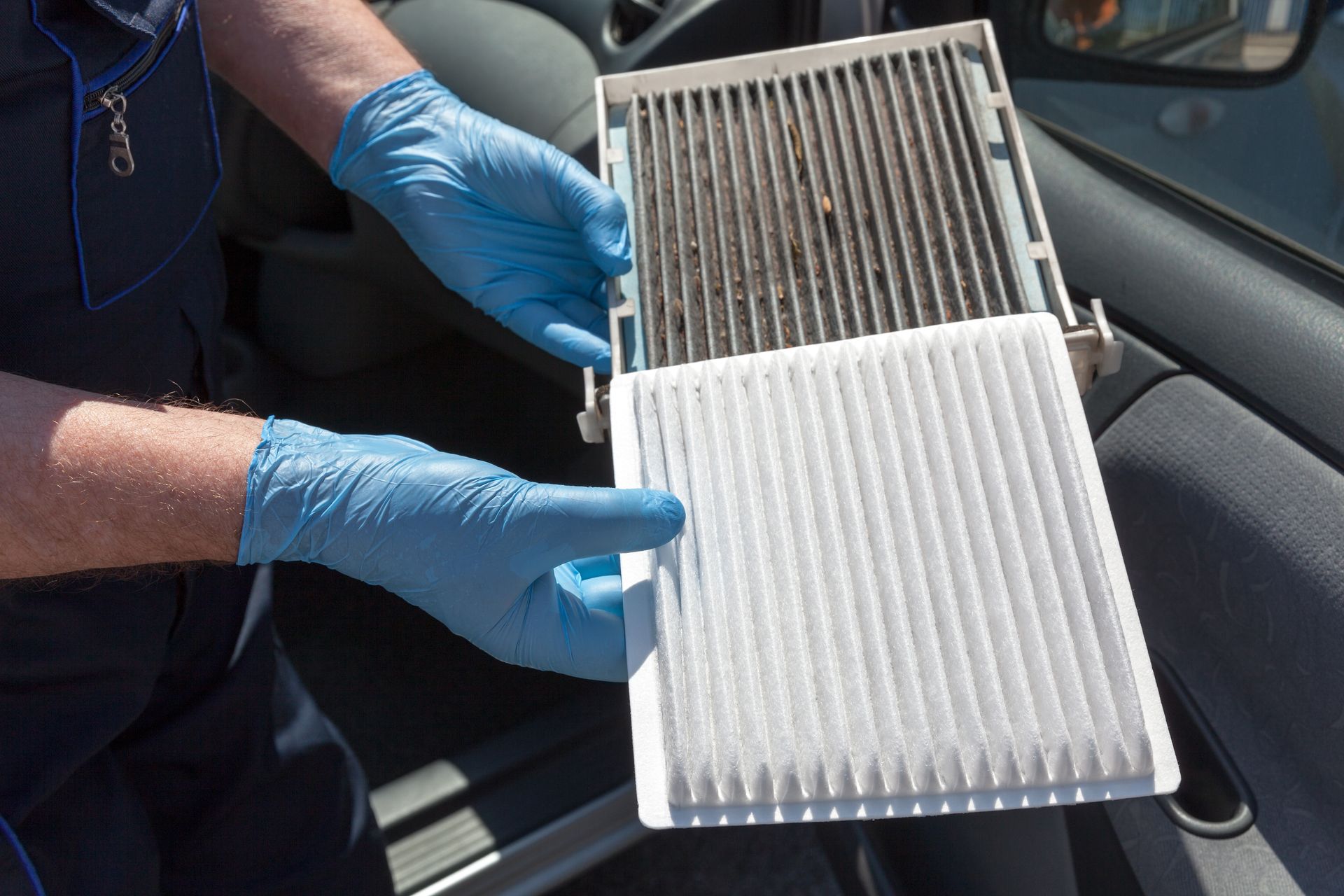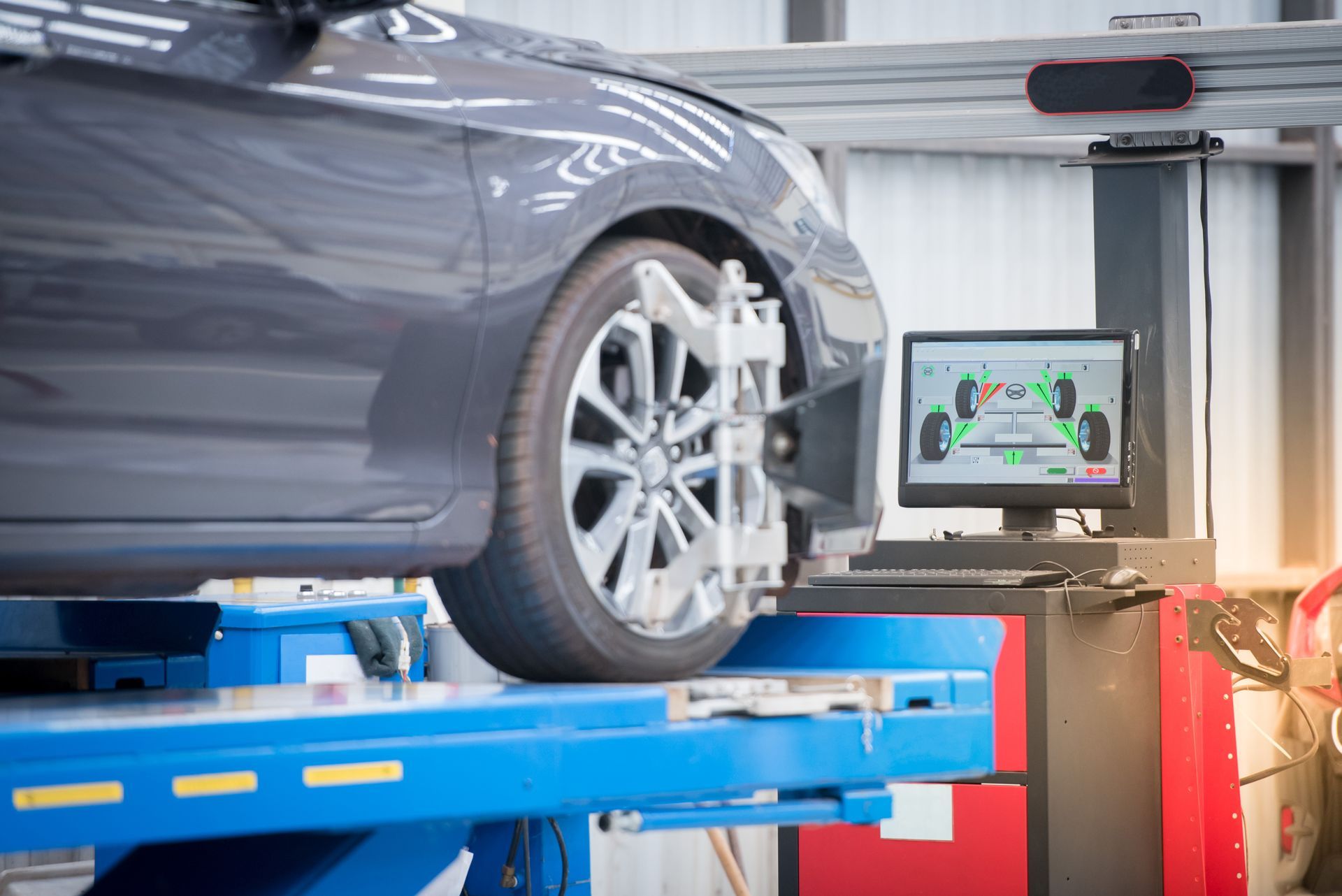Disc brakes get most of the attention because they are visible through alloy wheels, and they deliver strong stopping power. Yet plenty of new cars still arrive with drum brakes on the rear axle. That choice is not about cutting corners. It reflects how a modern vehicle distributes braking work, how packaging and cost factors into design, and how drivers actually use their cars day-to-day. Rear brakes support the stop, they rarely lead it, and drum designs can do that job well when matched to the vehicle.
How Braking Load Shifts to the Front
The moment you press the pedal, the weight transfers forward. The front suspension compresses, the front tires gain grip, and the front brakes absorb the majority of the stopping force. In everyday cars, the front axle routinely handles well over half of the braking effort, often much more during hard stops.
Automakers size the system to match that reality. Larger rotors, bigger calipers, and more aggressive pads are fitted up front, while the rear is tuned to stabilize the car, maintain its level, and prevent lockup. Because the rear wheels do less heavy lifting, a simpler rear brake can meet performance targets without compromising safety.
Cost, Packaging, and Weight Advantages
Drum brakes can be less expensive to manufacture and install, and those savings matter when a vehicle platform will be built by the hundreds of thousands. A drum assembly also packages neatly inside the wheel hub. That compact layout leaves room for suspension components, electric parking brake motors on some designs, and the routing of lines and harnesses.
The weight of a rear drum system is competitive with many small rear disc setups, and the mass sits close to the hub, which is helpful for ride quality and noise control. When a manufacturer can meet stopping distance regulations, noise targets, and serviceability goals with a simpler part, there is little incentive to add complexity.
Parking Brake Integration Is Straightforward
Drivers expect a secure parking brake that works every time, whether they park on a flat lot or a steep driveway. Drum brakes make that simple. The drum’s internal shoes can be actuated mechanically by a cable or a compact electric motor, holding the vehicle securely without extra hardware.
Rear disc systems can integrate a parking brake, but they require additional mechanisms such as a drum-in-hat arrangement or calipers with built-in parking functions. Those solutions work, yet they add parts, cost, and potential service steps. For a daily driver that does not need track-level braking, the straightforward parking brake inside a drum is a practical choice.
Real World Durability and Low Upkeep
Because the rear axle does less work under braking, rear components wear more slowly. Drum assemblies are enclosed, which helps shield the friction surface from road spray and grit. That enclosure can keep noise down and extend service life in regions with sand, salt, or heavy rain. In many commuter cars and family crossovers, rear shoes last a very long time, sometimes outlasting multiple sets of front pads.
When maintenance is needed, adjustments are simple, hardware kits are affordable, and replacement parts are widely available. For owners who value low operating costs and predictable service, that durability is a benefit rather than a compromise.
When Rear Discs Make More Sense
There are clear cases where rear disc brakes are the better fit. Vehicles that tow frequently, carry heavy loads, or prioritize high performance benefit from the superior heat management of discs at all four corners. Discs shed heat quickly, they recover faster from repeated hard stops, and they resist fade under prolonged stress.
Rear discs are also common on vehicles with sophisticated stability systems that demand very precise control over brake force at each wheel. Automakers weigh these needs alongside cost and packaging. If the mission calls for more rear brake capacity and tighter control, rear discs are selected. If the mission is quiet, efficient commuting with a strong emphasis on value, rear drums often win.
How Driver Feel and Safety Are Tuned
Regardless of the hardware, the pedal feel and stability you experience are the results of careful calibration. Engineers tune master cylinder sizing, proportioning valves, electronic brake distribution, and anti-lock systems so the car stops straight and predictably.
In a well-tuned system, you should not feel a difference at the pedal between a rear drum setup and a small rear disc configuration during normal driving. What you should feel is a stable car that responds to light pressure with smooth deceleration and ramps up confidently when you need to stop quickly. That result comes from system design as a whole, not from a single part.
Keep Your Brakes Road Ready With Layton’s Garage in Fort Lauderdale, FL
Whether your vehicle uses rear drums or rear discs, the basics never change. You need clean fluid, components in good condition, and a system that is properly adjusted. If you have noticed longer stopping distances, pulsation, squeaks, or a parking brake that no longer holds like it should, have it checked soon. At Layton’s Garage in Fort Lauderdale, FL, our technicians inspect pads or shoes, rotors or drums, hydraulics, hardware, and the parking brake to ensure everything works together as the factory intended.
Schedule a brake inspection today and drive with confidence, knowing your system is safe, quiet, and ready for the miles ahead.

